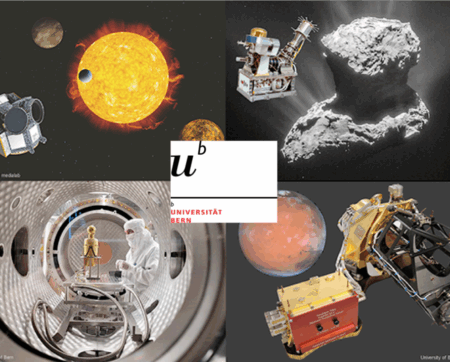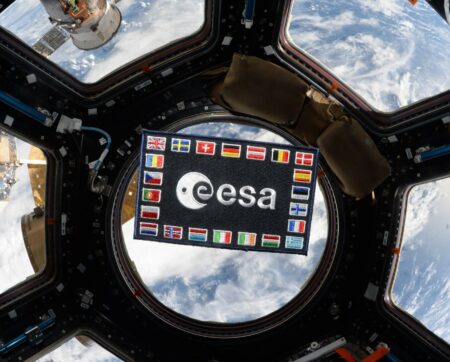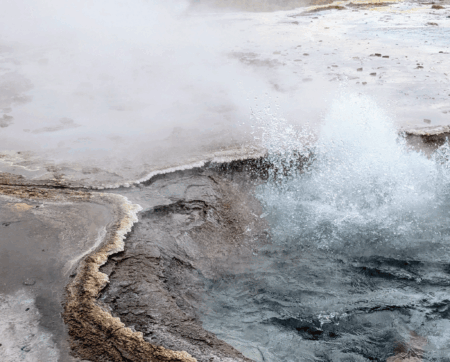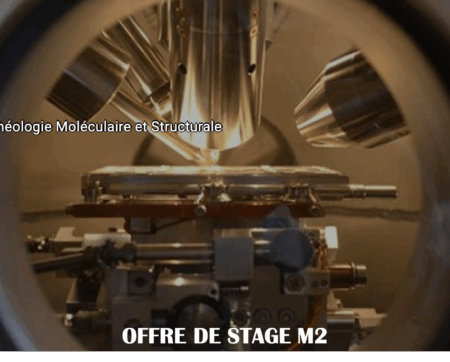Sujet de thèse au MNHN: géomicrobiologie et biologie structurale des S-layers dans l’origine et l’évolution des procaryotes
(english version at the bottom of this page)
mots clés: Biochimie, géomicrobiologie, biologie structurale, spectrométrie de masse, microscopie électronique
Nous proposons un sujet de thèse interdisciplinaire en microbiologie, géomicrobiologie, biochimie, et biologie structurale sur le projet « Couches S des bactéries et archées : diversité et rôle dans la biominéralisation et la survie en conditions extrêmes ». De nombreux procaryotes possèdent une couche de surface (couche S), qui forme une matrice paracristalline rigide à la surface cellulaire et joue un rôle important dans l’intégrité de la paroi cellulaire et la protection face aux pressions environnementales. Les couches S sont distribuées au sein de tous les grands groupes phylogénétiques de bactéries et d’archées, et sont proposées comme une des premières formes de paroi cellulaire. Les couches S représentent, donc, un aspect clé dans l’origine de la vie et l’évolution de la vie dans les environnements extrêmes. Le sujet de thèse proposé vise à examiner, à l’échelle moléculaire et cellulaire deux aspects clés des couches S: (1) leur(s) rôle(s) dans l’évolution des procaryotes, et (2) caractérisation chimique des protéines de couche S comme biomarqueurs et sites de nucléation dans les interactions minéral/vivant.
Nous cherchons un candidat très motivé pour défendre le projet de thèse au concours de l’école doctorale du Muséum National d’Histoire Naturelle, titulaire d’un master de biochimie ou biologie, avec des connaissances en biochimie analytique et en microbiologie et un intérêt pour l’interdisciplinarité. Une expérience en microscopie électronique et/ou spectrométrie de masse sera appréciée. La thèse aura lieu au sein de l’unité MCAM (Molécules de Communication et d’Adaptation des Microorganismes) du Muséum National d’Histoire Naturelle, Paris 75005 en co-encadrement avec Dr Séverine Zirah et Dr Adrienne Kish.
Les personnes intéressées sont encouragées à nous envoyer un CV (avec une liste des stages en laboratoire et techniques maîtrisées) et une lettre de motivation le plus vite possible, mais avant le 22 mai 2015 pour avoir plus de détails sur le projet proposé.
Dr Séverine Zirah (szirah@mnhn.fr), Maître de conférences du Muséum, MCAM, MNHN
ou
Dr Adrienne Kish (akish@mnhn.fr), Maître de conférences du Muséum, MCAM, MNHN
==========
Thesis Candidature at the Muséum National d’Histoire Naturelle (National Museum of Natural History), Paris
Thesis project title: “S-layers of bacteria and archaea: Diversity and roles in biomineralisation and survival in extreme environments”
Topics covered: geomicrobiology and structural biology of S-layers in the context of the origin and evolution of prokaryotes on Earth
Key words: biochemistry, geomicrobiology, structural biology, mass spectrometry, electron microscopy (SEM and TEM)
We are searching for candidates for an interdisciplinary thesis project in microbiology, geomicrobiology, biochemistry, and structural biology for a project entitled “S-layers of bacteria and archaea: Diversity and roles in biomineralisation and survival in extreme environments”. A great diversity of prokaryotes (bacteria and archaea, mesophiles and extremophiles, etc) possess a surface layer (S-layer) constituted normally by a single type of protein forming a rigid paracrystalline matrix at the cell surface through a process of self-assembly. This surface layer plays important roles in the maintenance of cell integrity and protection against environmental stresses (high pressures, high concentrations of ions, etc). S-layers are distribution throughout nearly all the major phylogenetic groups of prokaryotes and are hypothesized, due to their capacity to self-assemble, to represent one of the first forms of cell walls in the origins of life on Earth. S-layers therefore represent a key aspect in the origins of life and the evolution and adaptations of microorganisms in extreme environments. This thesis project will examine at both the molecular and cellular scales two key aspects of prokaryotic S-layers: (1) their role(s) in the evolution of prokaryotes, and (2) the chemical properties of S-layer proteins useful as biomarkers for the detection of life and as sites of nucleation for interactions with metals in the environment.
Candidates must be highly motivated and able to defend this thesis project during the competitive selection process for the doctoral school of the Muséum National d’Histoire Naturelle. Potential candidates must hold the equivalent of a European master’s degree in biochemistry or microbiology/cell biology with training in analytical chemistry and microbiology and an interest in interdisciplinary projects. Practical experience in electron microscopy and/or mass spectrometry is advantageous. The thesis project will be carried out at the Muséum National d’Histoire Naturelle, Paris 75005 in the research unit MCAM (Molecules of Communication and Adaptation of Microorganisms) co-supervised by Dr Séverine Zirah and Dr Adrienne Kish.
Interested persons are strongly encouraged to send a copy of their CV (including a list of laboratory internships and projects, as well as a list of list of laboratory techniques you are capable of performing), and a letter of motivation to either project co-supervisor at the email addresses listed below. The final deadline to send applications is the 22 May 2015, but as we are currently accepting applications, prompt delivery of your documents is highly encouraged. To deposit your application or to obtain further information about the project, lab, or selection process, please contact us via email.
Dr Séverine Zirah (szirah@mnhn.fr), Maître de conférences du Muséum, MCAM, MNHN
ou
Dr Adrienne Kish (akish@mnhn.fr), Maître de conférences du Muséum, MCAM, MNHN





Aucun commentaire sur l'article Proposition de Thèse au Muséum National d’Histoire Naturelle, Paris